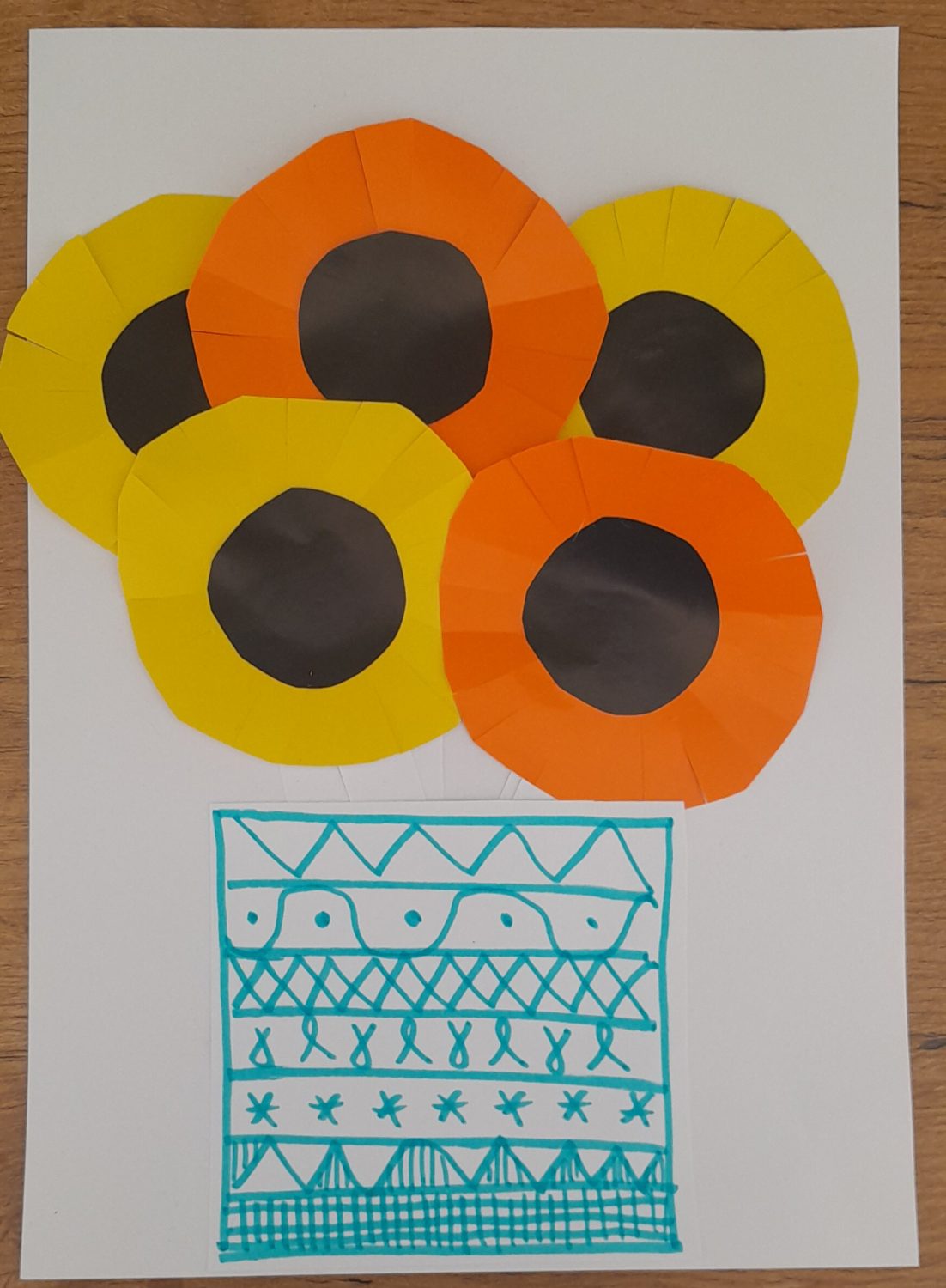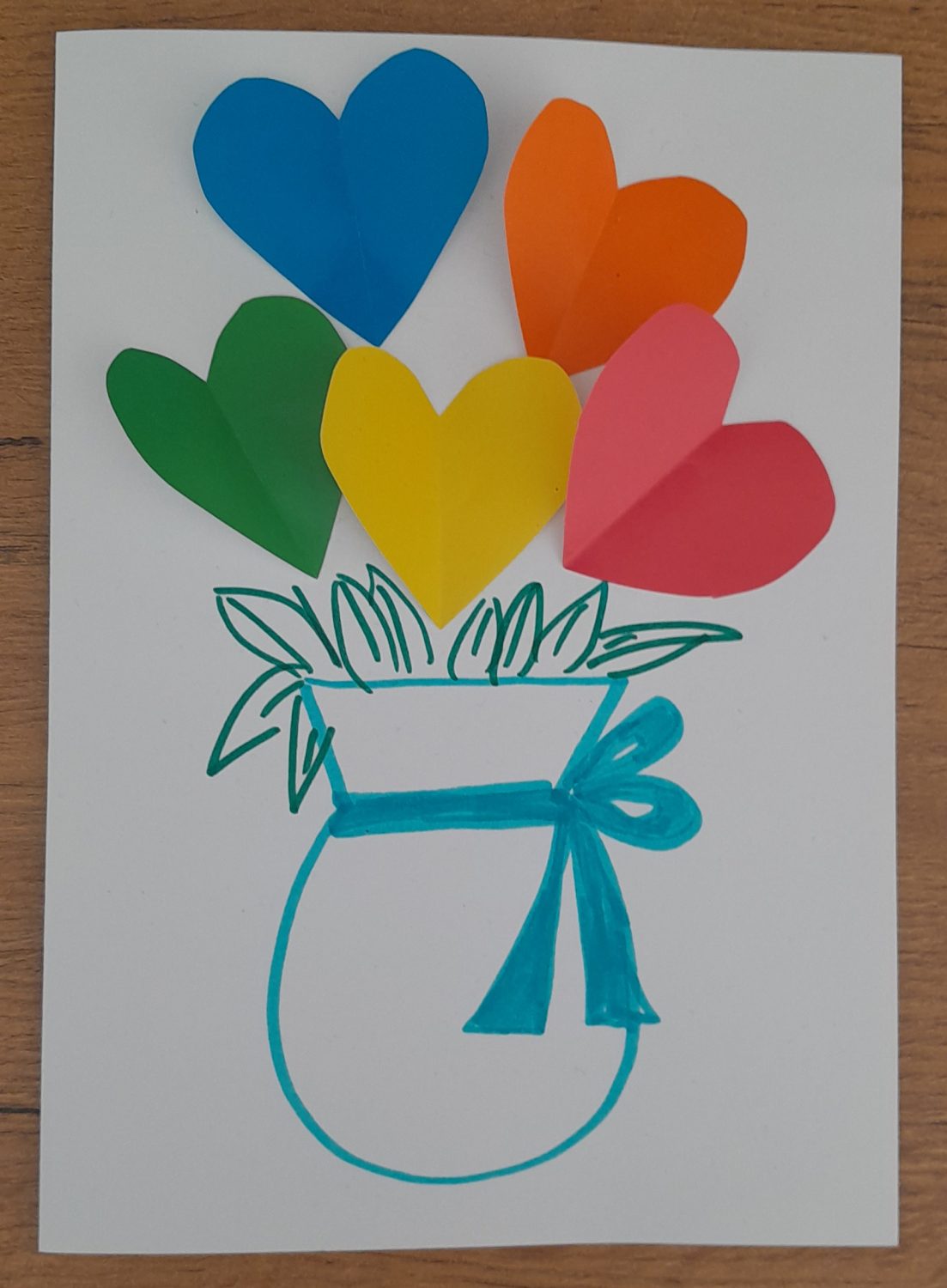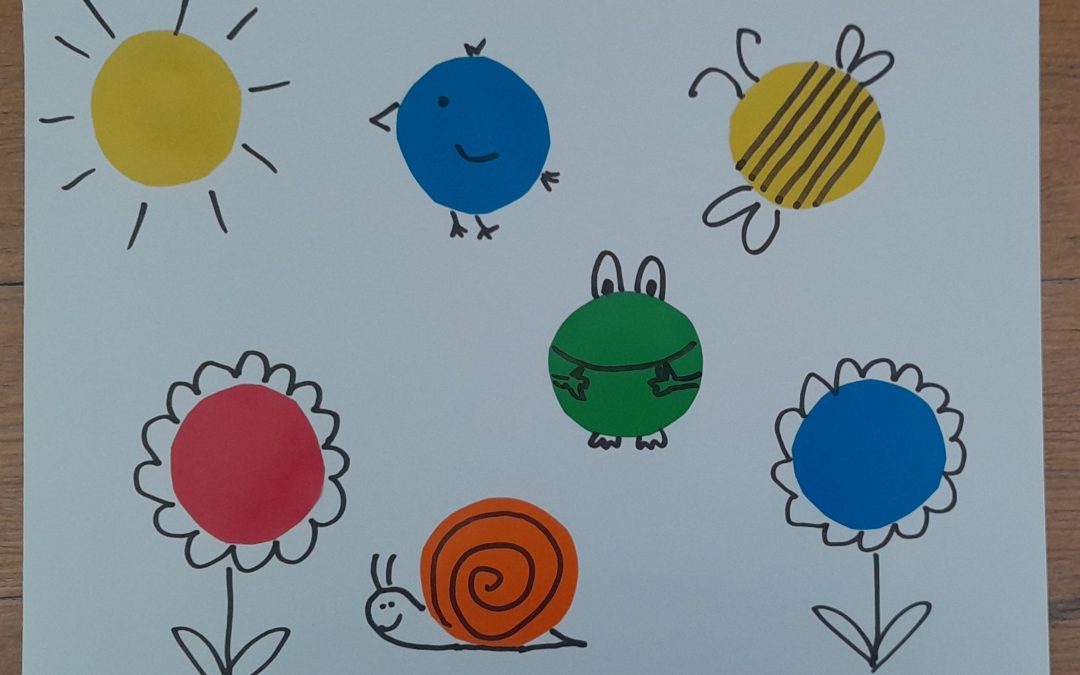‘I have my doubts that teaching kids online is effective’ is something, apparently, I said in an interview at a teacher training conference in 2019. How else though? Back then I had been a teacher with almost two decades of the proper offline classroom experience, teaching in front of my students, on the carpet, in our beautiful classroom full of flashcards, toys and games. Back then, it was impossible to imagine that all of that could be effectively transferred online. I didn’t even want to think about it and so I did not. Until it became necessary.
Today, in the early spring of 2023, my perspective and my beliefs could not be more different. Today, I am in giggles at how this quote could feature in a dictionary under ‘famous last words’. Today, after months of a strict lockdown, an academic year of hybrid teaching and a complete transition to the online space since March 2022, as a teacher who has survived three years of zooming with students of all ages, 1-1 and groups, I can say, and with a lot of confidence, teaching kids online is possible and it can be effective.
The transition itself wasn’t a piece of cake, which isn’t surprising, bearing in mind the circumstances: the pandemic, the time pressure and the fact that we were learning by doing, often by throwing things at the wall to see what sticks. However, the biggest obstacle was the one in my head and once that was dealt with and I was ready to see the challenge as an opportunity, everything fell in line. In a way, the EFL lesson with primary or pre-primary involves so many elements of the magical, the stories, the songs, the characters, the TPR and pretending to be elephants, cats and caterpillars that one more element, the virtual carpet, should really not make such a big difference…
Jokes aside, it seems that in 2023 teaching children online can only be seen as a choice and a solution to some of the problems, from seasonal illnesses for which the classes can temporarily be moved online, to giving more flexibility to the students and parents if they want to work with someone who does not live in their city. Not to mention that today, we all have a lot more knowledge and experience which we can share to help those who are novices in the area.
Here are some of my tips:

- Do not panic and remember that, first and foremost, you are a teacher and if you can do it in the real classroom, you can do it pretty much anywhere.
- Keep an eye on the age-appropriate methodology. Regardless of the format and the medium, teachers come to class with a set of aims and the activities and materials to help them meet those.
- One of the most important things to start from the very beginning of the course will be establishing the routines, very much like in the offline classroom. However, apart from the more traditional hello, goodbye, checking the homework and classroom management tricks, the set of class routines will also have to include the online component, such as learning to sit properly in front of the camera, switching on the microphone and the camera, signaling a problem or, even, moving in and out of the breakout rooms. Children will need time and practice to get used to it but they will be getting better at it, from lesson to lesson.
- For the same reason, it is better to start easy, without overloading the kids with a plethora of apps, platform, media and resources.
- Keep an open mind regarding the lesson format and length. It might be necessary to cut the lessons length, compared to what they would have been in the offline classroom, by shortening the lesson and/or changing the frequency. 45 minutes twice a week might be too much for some younger kids and replacing it with three 30-minute lessons will give better results. Another solution might be starting with the shorter lessons which, with time, can be extended into 45 or even 60 minutes, if and when the students and the parents are ready. It is easier to organize with the 1-1 classes for freelance teachers but it is not impossible either with bigger schools with set curricula and procedures.
- Establish the channels and the procedures for communication with the parents. This is going to be absolutely necessary, more necessary than it is in the offline classes as parents will be involved in getting the classroom and the resources ready, helping with the technological issues and, sometimes, also helping with the classroom management. The rule of thumb is: let the parents know what you are planning to do and why and, when necessary, get their permission.
- Keep your eyes open for resources that can be used, starting from real flashcards, realia and all the electronic resources. My favourite resources include: songs and videos available on YouTube, Wordwall games that I have created for in class use as well as practice at home, Miro board and Powerpoint presentations instead of my board and realia. It is not a very extensive list but it is enough to ensure fun and varied lessons in the online classroom.
- Make the most of all the joys that the online world has to offer – the fact that kids can still come to class despite being a bit sniffy, that the classes can be of any chosen length because attending does not involve getting out of the house, that the parents can be more present in the classroom and their participation can be used for the benefit of the child and, finally, all of the realia that can be used for the benefit of learning language. ‘I’ve got’ with real toys, ‘Do you like?’ when you really get to ask mum, using the dogs, cats, brothers and everything else to speak English. Or doing a craft activity, everyone at their own desk, cleaning said desk afterwards.
Getting crafty online

As it happens, craft activities are a great case study with regards to the changes that the traditional EFL for preschoolers methodology needs to undergo in order to be appropriate for online lessons. I myself am a huge fan of cutting, glueing and sticking to learn English and I did not like the fact that, with transferring online, initially, we had to abandon this part of the lesson. So I very quickly began to think of ways of bringing it back.
The main idea of the craft activities in an EFL lesson is very simple: we use English to produce something in a creative way. This is something that can be done online, although adaptations and sacrifices are inevitable.
- All the resources that are too expensive or too difficult for the parents to get, stamps, glitter or the fancy paper, have to go. What we use is limited to the basic things that children usually have at home, namely paper, glue, scissors, pencils, coloured paper or a substitute.
- Careful planning will be crucial, even more than in the offline classroom. Preparing the finished product beforehand, going over all the stages, preparing the instructions and the ways of modelling, everything that will help to visualize how these will go online, in class.
- Parents’ help will be inevitable and they will need to be informed, before the lesson, what we are planning to do, what to prepare and, perhaps, sometimes, how to help us with it. For example, by pre-folding the paper or by preparing three yellow circles for the lesson.
- As in the other areas, it is necessary to start with a very simple task and raise the level of challenge and of complexity throughout the course, when the parents and the students are ready. With time, the students will be more familiar with following your instructions, understanding the process, understanding and producing the key verbs and completing the task.
In the photos accompanying this post you can see an activity that we did in my online classes recently, a card prepared for St. Valentine’s Day. We started the activity with going through the list of the resources necessary, asking and showing them to the camera (‘Have you got the glue?’). The other stages of the whole activity included: folding the paper, drawing and decorating the vase, cutting out five hearts from coloured paper, glueing the hearts, drawing the stems and leaves. With the younger students, it is possible to ask the parents to pre-fold the paper and cut out the hearts. The coloured paper can be easily replaced with the colourful paper from magazines or newspapers or even the supermarket leaflets.
Happy teaching!
Note from the editor: all images were taken by the author, Anka Zapart, and are her personal property.



Thanks for the wordwall tip – I’d been looking for something like that for quite a while